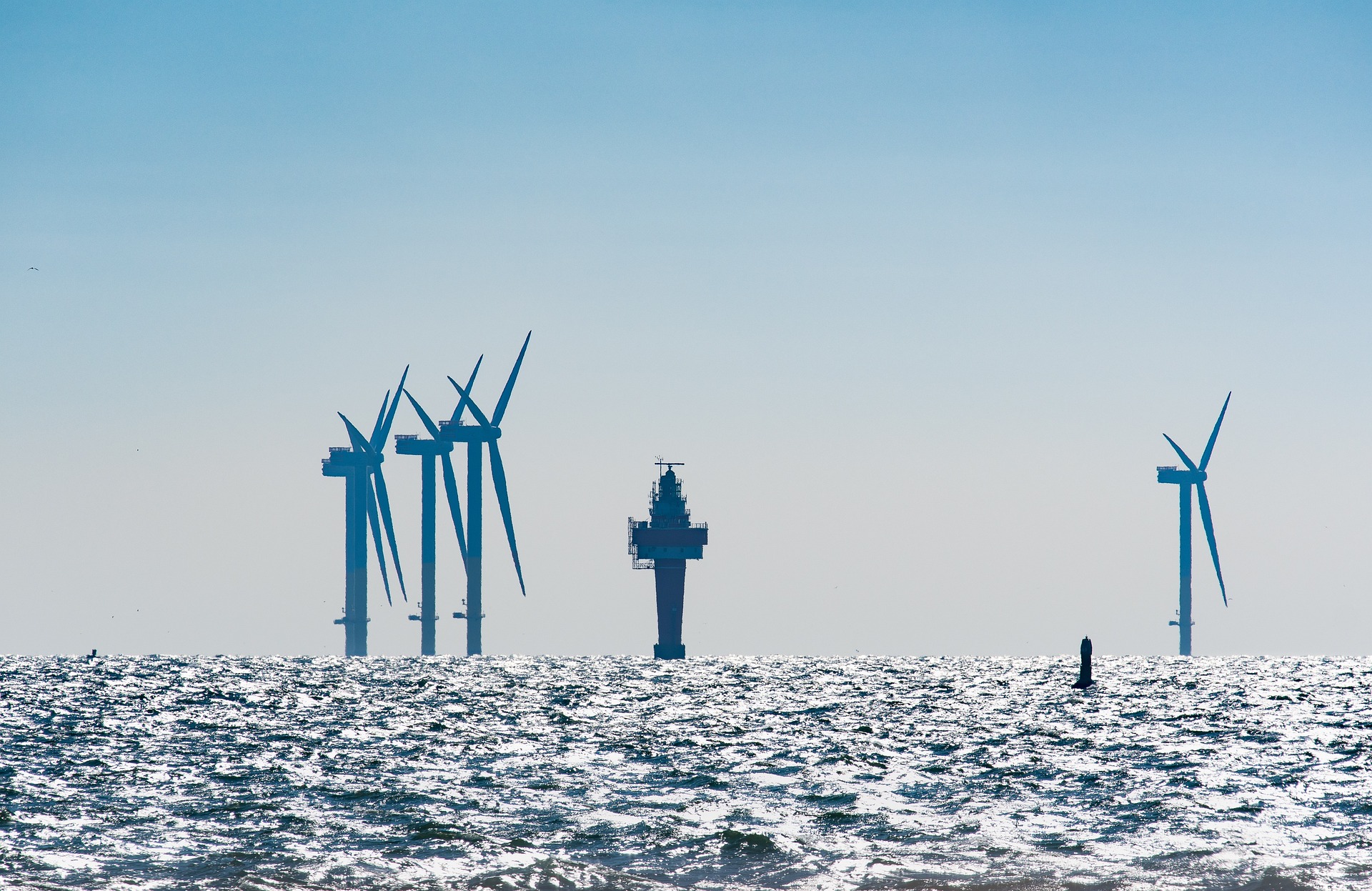On the way to a cleaner environment …
The renewable offshore industry has experienced significant growth in recent years as nations strive to transition to cleaner and more sustainable energy sources. As this sector expands, it becomes crucial to prioritize health and safety in all aspects of offshore operations. In this article, we will explore the key measures and practices implemented to ensure the well-being of workers and the protection of the environment in the renewable offshore industry.
Understanding the Importance of Health and Safety
Health and safety (HSE) considerations play a vital role in the renewable offshore industry. Workers face unique challenges and risks in this environment, including harsh weather conditions, exposure to hazardous substances, and the complexities of working in remote offshore locations. Prioritizing HSE not only protects the workforce but also safeguards the surrounding marine ecosystem.

Rigorous Training and Certification
To mitigate risks and promote a safe working environment, offshore workers undergo rigorous training and certification programs. These programs include specialized courses on emergency response, first aid, firefighting, and evacuation procedures. By equipping workers with the necessary skills and knowledge, companies ensure that their employees are well-prepared to handle potential hazards effectively.
Comprehensive Risk Assessment
Before commencing any offshore project, a thorough risk assessment is conducted to identify and evaluate potential hazards. This assessment takes into account factors such as weather conditions, the presence of marine life, and the use of heavy machinery. By understanding these risks, companies can develop robust safety protocols and implement appropriate control measures.
Stringent Safety Regulations
Governments and regulatory bodies have implemented stringent safety regulations to govern offshore renewable energy projects. These regulations cover various aspects, including the design and maintenance of offshore structures, emergency response plans, and safety equipment requirements. Adherence to these regulations ensures a standardized approach to health and safety across the industry.
Personal Protective Equipment (PPE)
Personal protective equipment (PPE) is essential in offshore operations. Workers are equipped with specialized gear, such as protective clothing, helmets, gloves, and safety harnesses, to safeguard against potential hazards. PPE helps mitigate risks associated with falls, exposure to harmful substances, and other workplace accidents.
Environmental Protection Measures
Health and safety in the renewable offshore industry extend beyond workers well-being. Companies prioritize protecting the marine environment by implementing measures to minimize the impact of their operations. This includes proper waste management, preventing oil spills, and minimizing underwater noise that may disturb marine life.
Continuous Monitoring and Auditing
Maintaining health and safety standards in the renewable offshore industry requires constant monitoring and auditing of operations. Regular inspections and audits help identify potential risks, assess the effectiveness of safety procedures, and ensure compliance with regulations. By addressing any issues promptly, companies can continuously improve their HSE performance.
Collaboration and Knowledge Sharing
Collaboration and knowledge sharing among industry stakeholders and HSE professionals are essential for enhancing health and safety in the renewable offshore sector. Companies, industry associations, and regulatory bodies work together to share best practices, lessons learned, and technological advancements. This collaborative approach fosters a culture of continuous improvement and innovation in HSE and wellbeing of the involved workers.

As a general conclusion of the HSE role and importance in the Renewable Offshore Industry:
As the renewable offshore industry continues to expand, it is crucial to prioritize health and safety at all levels. Rigorous training, HSE smart solutions, comprehensive risk assessments, stringent regulations, personal protective equipment, environmental protection measures, continuous monitoring, and collaboration are key elements in ensuring the well-being of workers and the sustainability of offshore operations. By maintaining a strong focus on HSE, the renewable offshore industry can thrive while minimizing risks and contributing to a greener future.

Comments
One response to “Ensuring Health and Safety in the New Renewable Offshore Industry”
[…] Air Quality Improvement: […]